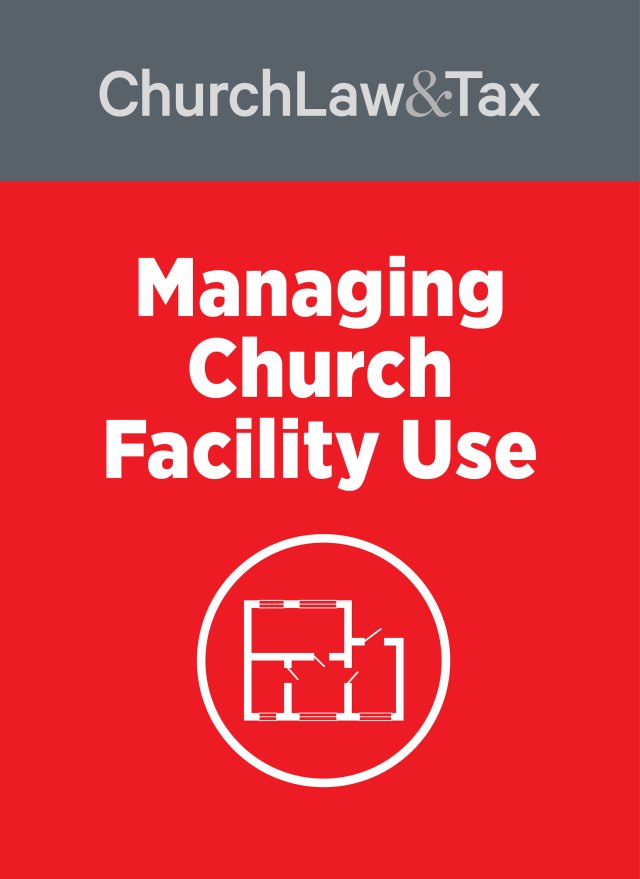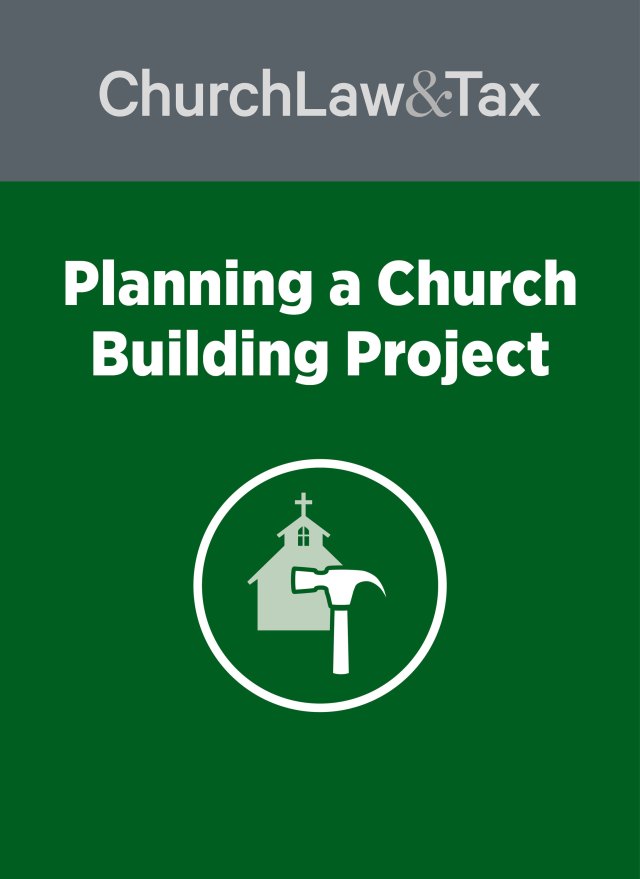• Key point 7-03.2. Some courts apply the “compulsory deference” rule in resolving disputes over the ownership and control of property in “hierarchical” churches. Under this rule, the civil courts defer to the determinations of denominational agencies in resolving such disputes.
State Court Rulings Regarding Church Property Disputes
Internal Property Dispute Resolution Procedures
* A Michigan court ruled that a regional church had the legal authority to control the property of a local church that attempted to disaffiliate. The court noted that the United States Supreme Court has approved the resolution of church property disputes on the basis of “neutral principles of law,” but concluded that this approach is not required. The court applied a “theory of hierarchy” as the “preferred approach” in Michigan. Under this approach, if “a religious organization is but a subordinate part of a general church in which there are superior ecclesiastical tribunals with a more or less complete power of control,” then the higher authorities within the church are entitled to control the property. The court concluded that the denomination in this case was hierarchical. It observed,
First, plaintiff concedes that the regional church has hierarchal authority in spiritual matters but contends that the hierarchal authority does not extend to property matters. [Our prior rulings] have recognized no such distinction. Moreover, the local church’s 1959 articles of incorporation provide that the members would “worship and labor together according to the discipline, rules and usages of the [denomination].” Also, the national church’s 1999 constitution clearly states that local churches are subject to the discipline of higher church authorities. The constitution indicates that the highest supervisory, legislative, judiciary, and policy-making powers reside in the general conference. General oversight of the entire work of the denomination resides in the president elected by the general conference. The constitution also establishes a general board consisting of the general officers, the district superintendents, representatives of the districts elected by the district conferences, and the president of [a church college]. The general board is “the final arbitrator in all appeals related to due process referred to it.” District conferences are established as an intermediate level of government but must function in accordance with the authority delegated by the constitution and the general conference. The business of each district between conferences is confided to an executive board, and if membership in a local church “falls below 15 baptized adult members, supervision and governance of that church shall revert to the district executive board.” Article XIV of the constitution provides for an appeal of any entity of the denomination to a higher body and includes “the right of the body hearing the appeal to endorse or overturn a previous ruling.” Thus, an appeal may be taken from a decision of the local church board or the district superintendent and commenced at the district board, and the district board may be appealed to the executive committee of the general board, and from there, to the general board, the final arbitrator of all appeals instituted within the denomination. This constitution clearly evidences a hierarchal structure …. In summary, the regional church made an ecclesiastic decision authorized by the denomination’s constitution, and the local church disagreed. However, rather than pursue an appeal available within the denomination, the church sought to invoke the trial court’s jurisdiction. Because it produced no evidence of fraud or collusion, the first amendment required the trial court to grant the regional church summary disposition.
Application. Most courts have applied the “neutral principles of law” approach in resolving church property disputes. This approach looks to nondoctrinal language in a church’s deed, and in the bylaws of the local church and denomination, in deciding who controls church property. This case illustrates another approach. Under what is usually called the “compulsory deference” approach, a court defers to the decisions of regional or national church officers in deciding who controls the property of a dissident church. This court referred to this approach as the “theory of hierarchy.” Board of Trustees v. Michigan District Missionary Church, 2003 WL 21854519 (Mich. App. 2003).
© Copyright 2004 by Church Law & Tax Report. All rights reserved. This publication is designed to provide accurate and authoritative information in regard to the subject matter covered. It is provided with the understanding that the publisher is not engaged in rendering legal, accounting, or other professional service. If legal advice or other expert assistance is required, the services of a competent professional person should be sought. Church Law & Tax Report, PO Box 1098, Matthews, NC 28106. Reference Code: m21 c0404




